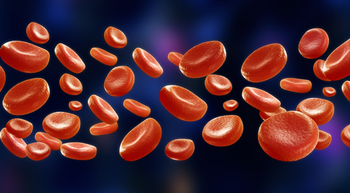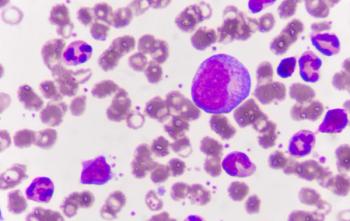
The Future of the Nursing Workforce
Because of the current 'bubble', we'll soon be facing another shortage of RNs.
The nursing workforce has had its ups and downs over the past 40 years. There has either been a nursing shortage or a glut of nurses in the workforce. In recent years, some nurses (mostly lesser experienced nurses wishing to work in urban areas) have encountered difficulty in securing employment. So what does the future look like for the nursing workforce?
Peter Buerhaus, PhD, RN, and colleagues published their predictions on March 21, 2012, in the New England Journal of Medicine online ahead of print (
The researchers attribute the sharp rise in RN employment to several factors. During economic downturns, the demand for health care continues and RNs return to work and fill job vacancies because of their concerns about economic uncertainty and fewer opportunities to leave nursing and work in another field. The researchers analyzed employment data and found that when the unemployment rate was high, the RN workforce tended to be larger than predicted. That is, over the past 40 years, the supply of RNs has increased more than expected when the unemployment rate rose and decreased more than expected when the unemployment rate fell.
The researchers predict that the substantial expansion in the RN workforce is largely a temporary bubble that is likely to deflate during the next several years. Unemployment is expected to decrease by 3.5% between 2010 and 2015, falling to a projected 6.1% by 2015. As a result, the growth in the RN workforce is projected to be much smaller between 2010 and 2015 — an increase of only about 109,000 FTE RNs. In contrast, if the recession unexpectedly persists and unemployment stays constant at its high 2010 level through 2015, the workforce would be projected to grow by more than twice this amount, or 227,000 FTE RNs. It is therefore likely that growth in the demand for RNs over the next few years will outstrip the projected growth in the workforce, leading to renewed shortages of RNs in the near term.
Newsletter
Knowledge is power. Don’t miss the most recent breakthroughs in cancer care.

















































































